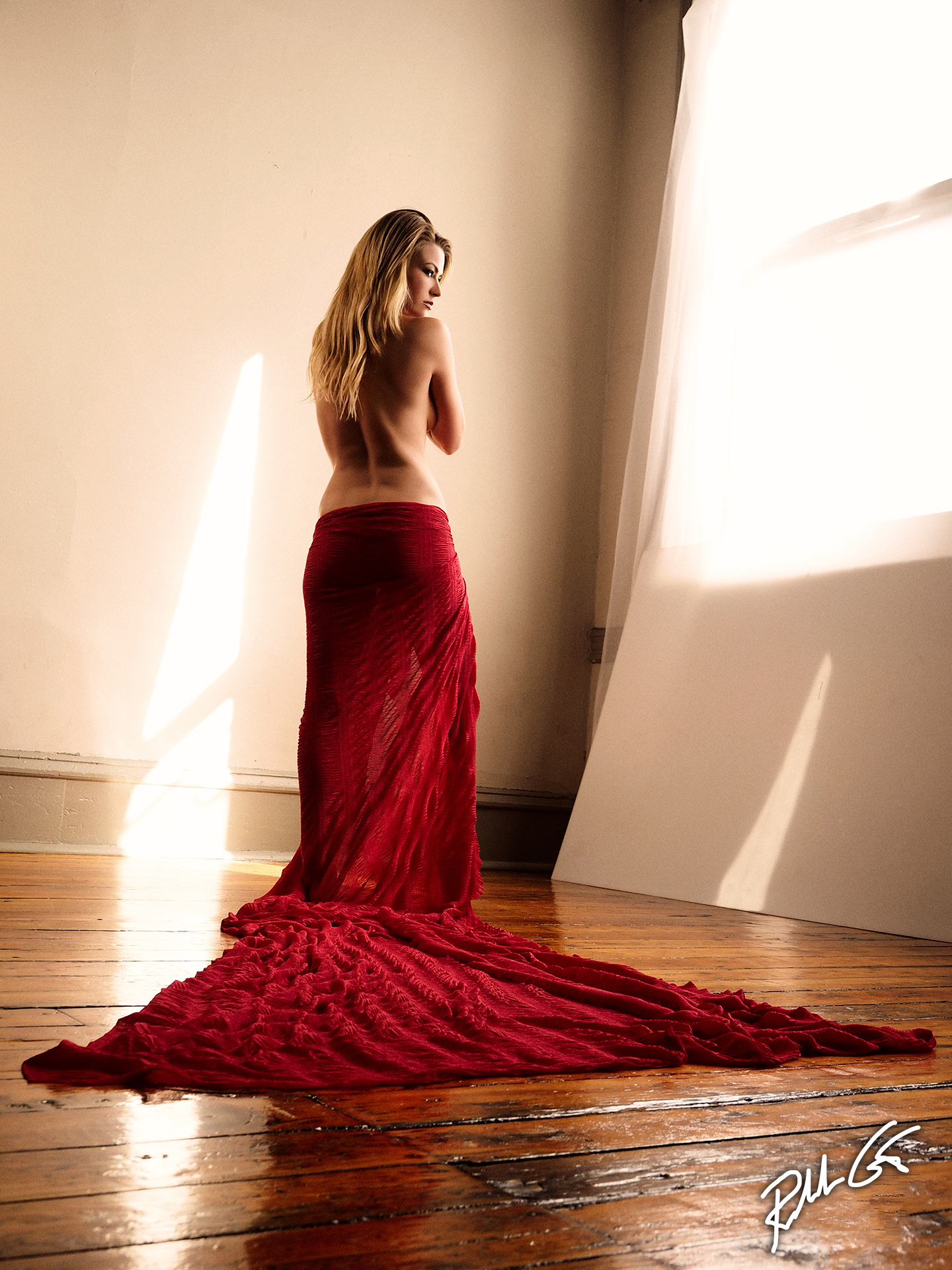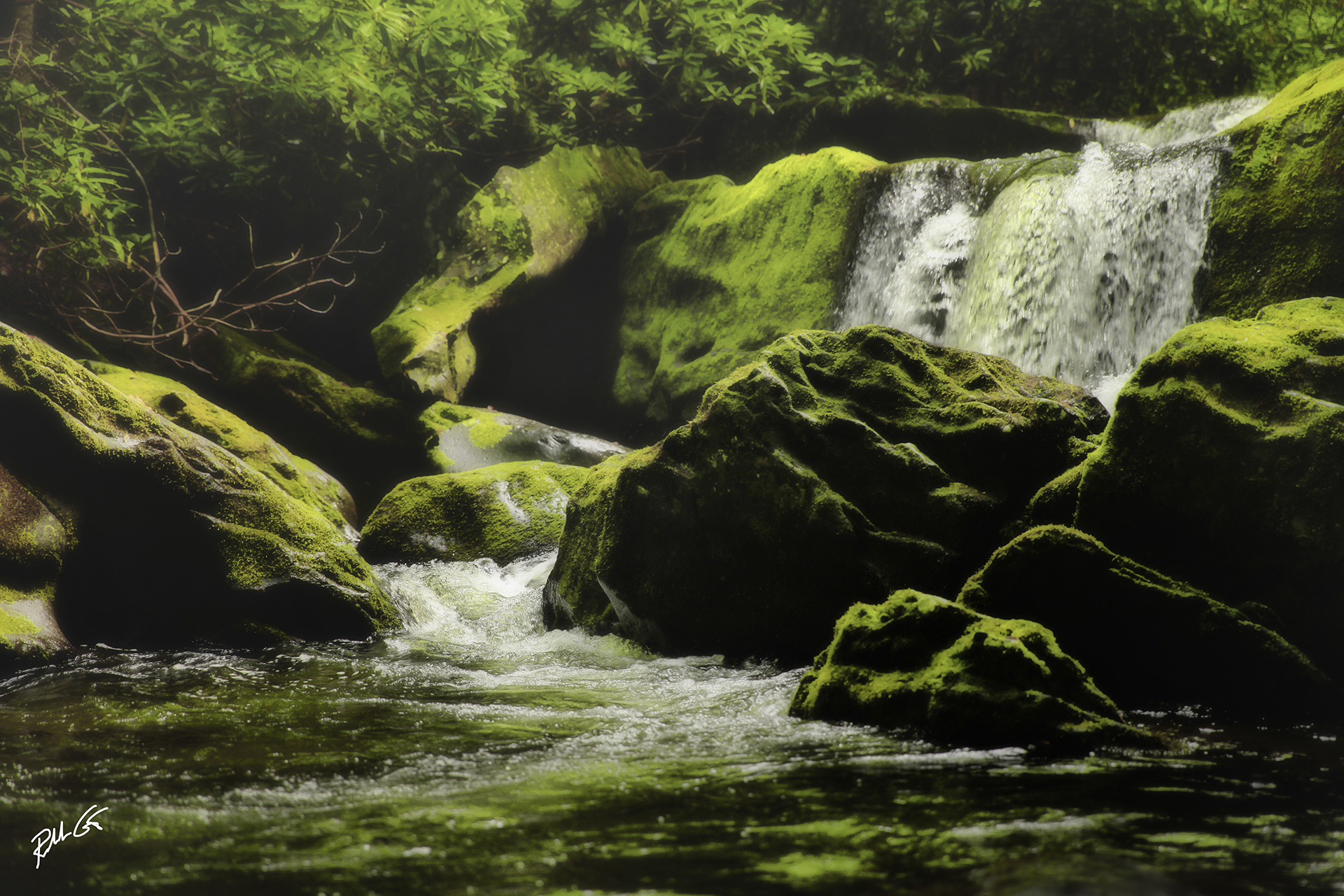Note, this is part four of four on how to Critique Your Photos. This four-part photography tip articles series will focus on 10 steps that should help you improve your photography.
10 Steps to Critique Your Photos—Part Four …continued from part three

Light is the key to images in photography, without it, you have nothing.
9. “Light is to an image what blood is to your body and without light, there is no life.” My favorite words when I talk about light to other photographers. I stress those words because light truly decides if a photo is good or bad when you critique your photos — nothing else matters if the light isn’t there. A good photo editor will toss an image out of consideration for publication if the photo is over or underexposed or demonstrates poor lighting.
Light is the main ingredient in any photo, in fact, it’s so important that the word photography comes from two Greek words, phōs meaning light, and graphs meaning drawing, thus the word photography is translated as “drawing with light.” What we capture with our cameras is in fact “reflected light,” whether it’s the light that reflects off our clothes, a wall, a face, water, a SUNBOUNCE photography reflector, etc. As photographers we record light onto a medium that is often repurposed in other mediums like a computer monitor, smartphone, tablet or printed on paper.
Sometimes trends impact photo editors, like the popularity of “over-lit” backgrounds, but these are temporary exceptions. When you critique your photos, as a minimum the first thing to look for is basic exposure of the image. When you critique a photo, you should look for the intended result you or another photographer wants to achieve, as sometimes photographers are after specific types of light, like low-key or high-key lighting. Then there are times a photographer is after a specific photographic lighting style, like Paramount or Rembrandt lighting.
Once you account for correct or basic exposure, then you look for supplemental light that can make an image stand out over others, such as a hair light, edge light, rim light or some type of accent light that brings attention to the intended subject. Though keep in mind, since photography is subjective, sometimes additional accent lights can turn off photo editors, especially those that prefer a more minimalist approach with natural, ambient, or existing light as your main source of illumination.
Sometimes light can signify a photographer’s style or be their signature that easily identifies their work. Photographic lighting contributes to the artistic personality of a photographer. A photo editor, or someone that provides photo critiques, should look for consistency in a photographer’s body of work. Consistency, especially in photographic lighting techniques, brings identity to the photographer.
Light also sets the tone or mood in an image, something you must consider when you critique a photo along with, “what atmosphere does light create to the viewer?” Your answer is impacted by several things including the intensity or brightness of the light captured. The direction of the light from the front, side, and/or back, will impact how the image is not only lit, but how we interpret the photo too.
Then as you observe the image, notice the contrast, or quality of light produced by any hard or soft light sources. Your final observation is the color temperature, or Kelvin, of light that was captured as lower Kelvin temperatures are warmer and higher Kelvin temperatures are colder. It’s these four things, brightness, direction, contrast and color temperature that will influence a photography critique.

This photo taken has selective focus along with clarity in natural light.
10. Focus and clarity are two words that are a requirement when you critique your photos. Let’s start with focus. Focus means, is the image sharply focused and if not, is there selective focus where part of the image is intentionally slightly out of focus as part of the composition that draws you into the image? Focus also means is there a focus point in the image whether it’s an actual subject, event, or thing.
What is the main focus of the image? This is something you must ask when you critique your photos. Does the photo keep the viewer focused on the intent of the image or does the viewer wander off because the image is weak and lost its focus? You can see that the word focus in photography has various meanings, not just one.
When you have an image in focus that provides an interesting focal point and keeps the viewer focused on its intended message, a photo is said to have clarity. Clarity is often a simple but precise message either apparent, or transparent in the photo and when there is no clarity in an image, it’s said that the photo is ambiguous. A photo with focus and clarity expresses a clear thought almost instantly to the viewer. Look for these two terms when you critique your photos.
In Conclusion
While many photo editors have their own “photo editing style” when it comes to assessing photos for publication, rest assured the ten steps outlined in this photography tip article series are factors photo editors take into account when they make their final decisions. These photo editors, when asked to critique a portfolio or to critique your photos follow these ten steps. If you’re after improvement in your photography, or just want to learn how to identify your strongest image from a photo shoot, use the ten steps in this workflow when you photo edit to edit your photos.
Be honest to yourself when you critique your photos and be constructive when you critique the photography of others — this will make you a better photographer. Part of a photo critique is to learn from the mistakes or inadequacies you see as you study the overall image and its capture, whether the image belongs to you or another photographer doesn’t matter. This learning process will make you think before you release the camera shutter, so you can get it right in the camera. This will make future photo critiques and photo editing a breeze. Do this, and almost all editors and photo editors will want to work with you and your photography will improve.
Note, this is part four of a four-part photography tip article series on how to Critique Your Photos. Now let’s continue to take your photography to the next level and go to the main photography tips page.



